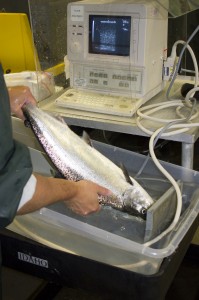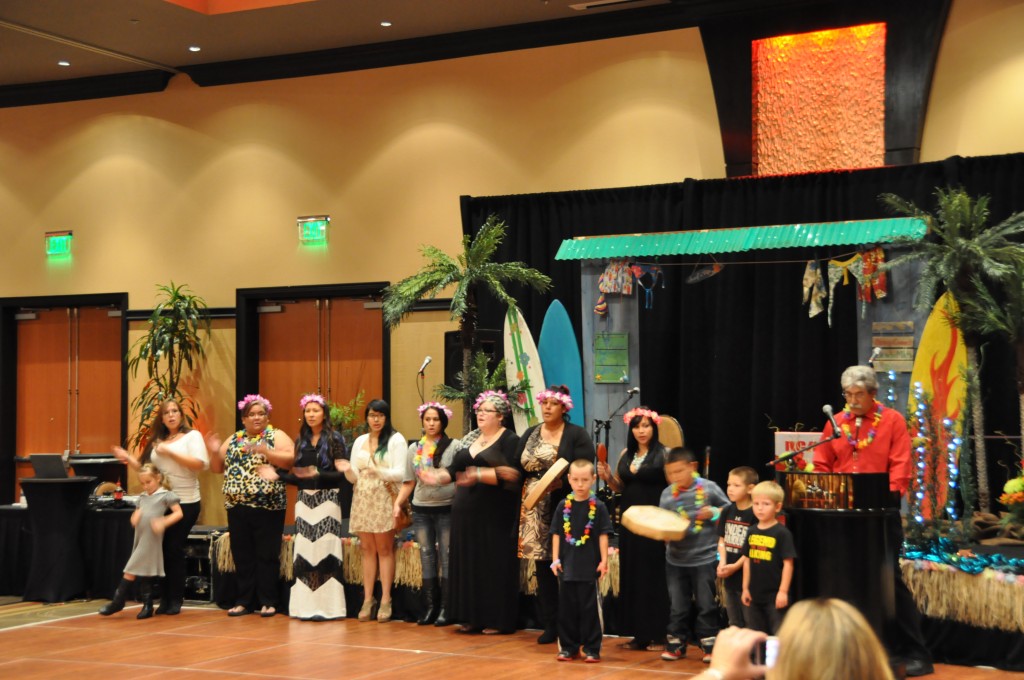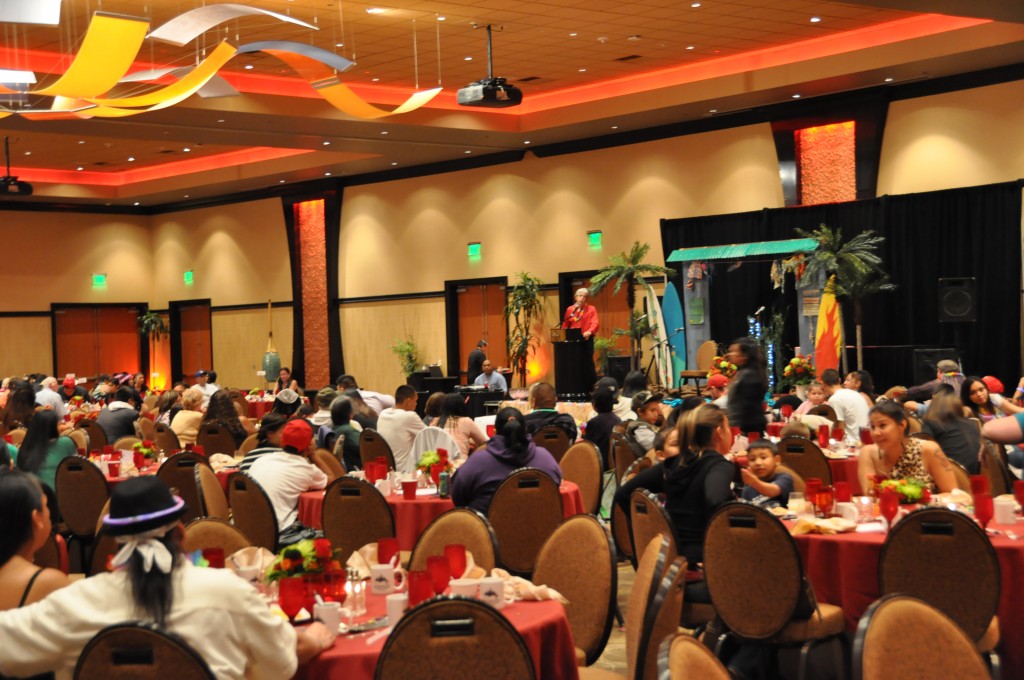Jared Miller, Indian Country Today Media Network
If you are following efforts by the Nooksack tribal government to purge 306 members from its rolls, you probably hold one of two views on the matter.
You may believe tribal disenrollment is patently unjust and requires some kind of federal or international intervention on behalf of the “Nooksack 306.” Or you may feel that disenrollment is solely a matter for the Nooksack Tribe to sort out, and non-tribal authorities should stay out of it.
Allow me to propose a third possibility.
Disenrollment is a business matter. That’s because tribal governments abandoning members en masse will harm their own bottom line by engendering negative media and investor perceptions. More critically, they threaten the bottom line of Indian businesses everywhere. As such, Indian people and tribal governments across the country have an interest in seeing that ugly disenrollment fights like the one on the Nooksack Reservation in Washington State do not happen. They should act to protect that interest.
Nooksack tribal officials endeavor to end forever the affiliation of 306 members. Disenrollment by the tribe could mean loss of benefits like housing, healthcare and education. Even more painful, according to some Nooksack members facing disenrollment, termination of tribal membership means a heart-rending loss of formal contact with their community and their culture.
As expected, the Nooksack 306 are fighting hard in courts and elsewhere to maintain tribal connections, and to secure rights to all the tangibles and intangibles that emanate from their identities as tribal people. Lawsuits are pending in tribal court and tribal appellate court, as well as federal court.
The battle is a public one. Local reporters have been on the story for some time. On August 25, the Seattle Times waded into the fray with a piece detailing the saga. Even more recently, Al-Jazeera introduced its growing audience to the story. Suddenly, what was essentially a family fight has become a very public airing of Nooksack dirty laundry.
Reporters have focused on a couple of angles. Some highlight accusations that greed, corruption, and racism aimed at tribal members with Filipino ancestry are driving disenrollment efforts. Others report that Nooksack officials may have ignored their own laws by failing to provide due process throughout the disenrollment process. All the coverage paints an unflattering picture.
Similar stories are trending across Indian country. According to Stephen L. Pevar’s book, The Rights of Indians and Tribes, “thousands of tribal members have been disenrolled from their tribes, usually from those with profitable casinos whose remaining members would then receive a larger share of the profits.” Another noted Native American professor has called the disenrollment era a “sort of tribal civil war.”
So what can be done?
Predictions about the disenrollment trend are bleak. For example, University of Minnesota Professor David E. Wilkins, in a June 4, 2013 column for Indian Country Today Media Network, predicted that “native disenrollments will continue unabated” until either Congress or the U.S. Supreme Court intervene. His column suggests potential avenues of short-term redress for individuals facing disenrollment, but Professor Wilkins seems to assert that only federal authorities can provide comprehensive relief.
Let’s hope he’s wrong. For one thing, enrollment (or disenrollment) is a matter for tribes to decide. It is rarely advisable for outsiders to intervene in tribal infighting, and federal law is clear that non-Indian courts generally have no jurisdiction in matters of tribal membership (save for habeas corpus or a collateral federal question). Inviting Congress or the Roberts Court to intervene should send shivers up your spine.
Moreover, there is reason for optimism. Tribal governments have shown a stunning talent for pragmatism and savvy in matters of tribal business and finance. Walk into most any Indian-owned casino and you’ll experience a level of professionalism and service that scoffers never predicted, to cite just one example.
And let’s be clear: Disenrollment is a business issue. Ugly battles like the one at Nooksack have potential to deeply affect tribes’ bottom lines. That’s partly because non-Indians may view such controversies as indicators of greed and corruption. Investors may also conclude that partnering with a tribal government engaged in abandoning its own citizens is not worth the risk to investment.
And non-Indians viewing disenrollment through the lens of old stereotypes may extrapolate those notions to tribes generally. It shouldn’t happen, but it does.
There is a price attached to everything. Tribes mulling disenrollment need to focus on the cost to business. They must consider that disenrollment can spook investors, and the negative financial impacts can be long term, widespread and devastating. (Just Google “Nooksack disenrollment” to see what potential business partners will read when they research the Nooksack Tribe.) Native American leaders should pause to understand that a tribe going to war with itself drives down the stock price of all of Indian country.
In addition to financial interests, there is a real risk that Congress or the U.S. Supreme Court might one day make new law in the area of tribal citizenship. We just saw the Court diminish Indian child welfare law and tribal cultural identity in the “Baby Veronica” case. Now imagine how the Roberts Court might undermine tribal citizenship if given the chance.
For these reasons, tribal governments and tribal officials should employ the forces of regional and national intertribal politics to pressure officials pursuing disenrollment. It is time to pick up the phone, or the pen, or write an email. Get creative. Too much is at stake to remain silent.
Pressure on the Nooksack government should begin now. Journalists and potential Indian-country investors are closely watching this fight, and they will take note as it unfolds. It would go a long way to shape media and investor perceptions of tribal governments if the Nooksack government could wake up to the big picture and resolve its problems without throwing hundreds of members off the rolls.
But no matter where you stand on the Nooksack fight, putting an end to disenrollment is critical for the bottom line in Indian country.
Jared Miller is a lawyer practicing tribal law and federal Indian law in Washington State.
Read more at http://indiancountrytodaymedianetwork.com/2013/09/28/disenrollment-bad-bottom-line






 Before the live entertainment and dancing would start they began the sobriety countdown. As the 40 year countdown went on, throughout the room as people stood to declare how long they had been clean and sober it was made evident that quite a few attendees have been enjoying the Wellbriety banquets for many years.
Before the live entertainment and dancing would start they began the sobriety countdown. As the 40 year countdown went on, throughout the room as people stood to declare how long they had been clean and sober it was made evident that quite a few attendees have been enjoying the Wellbriety banquets for many years.








